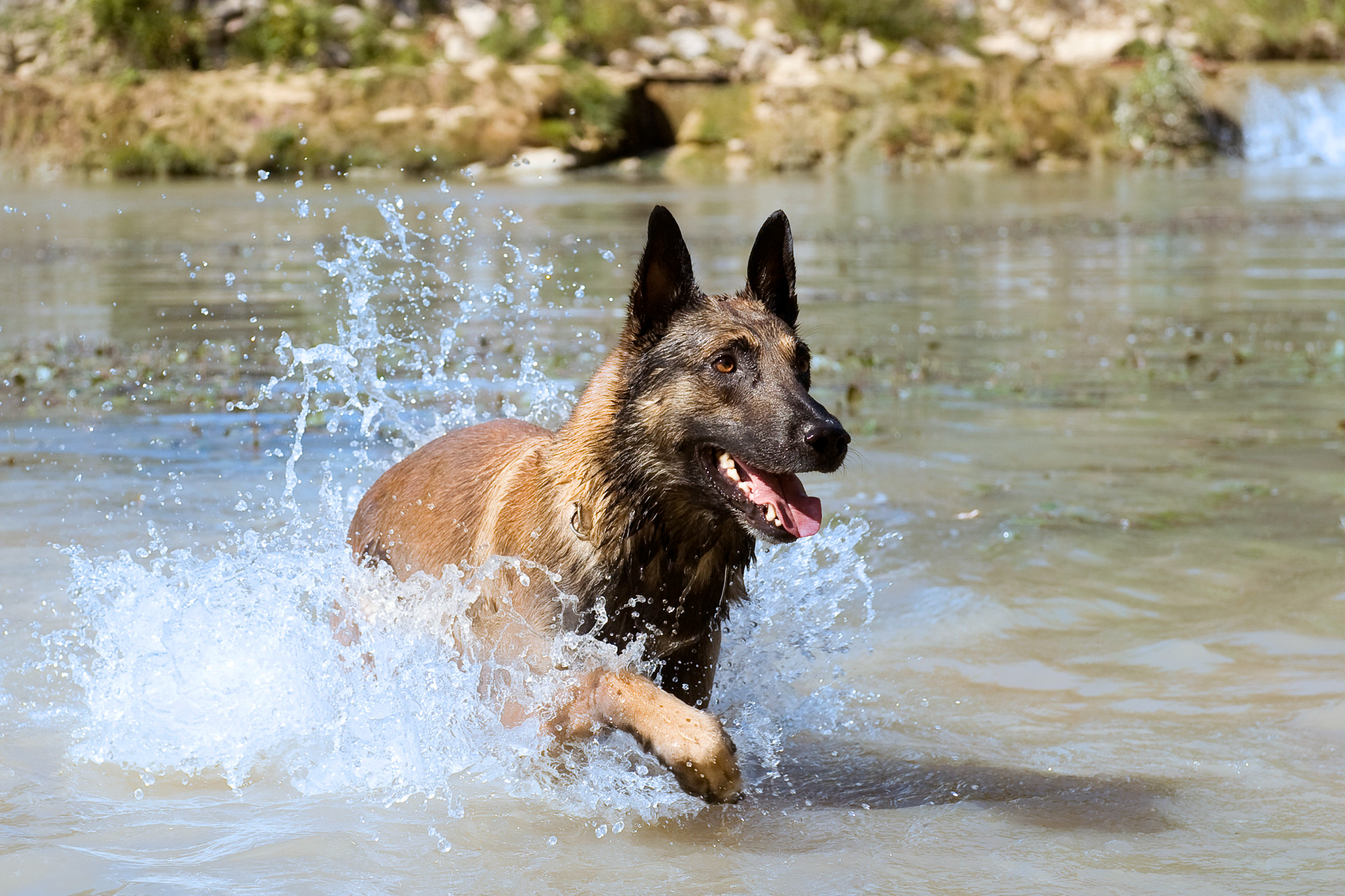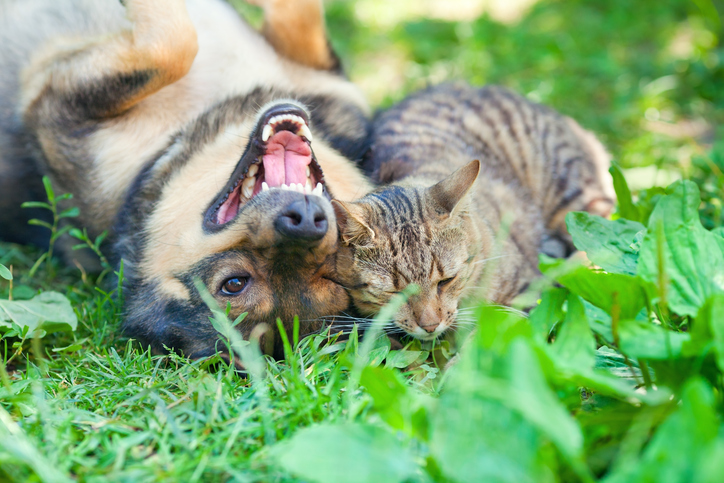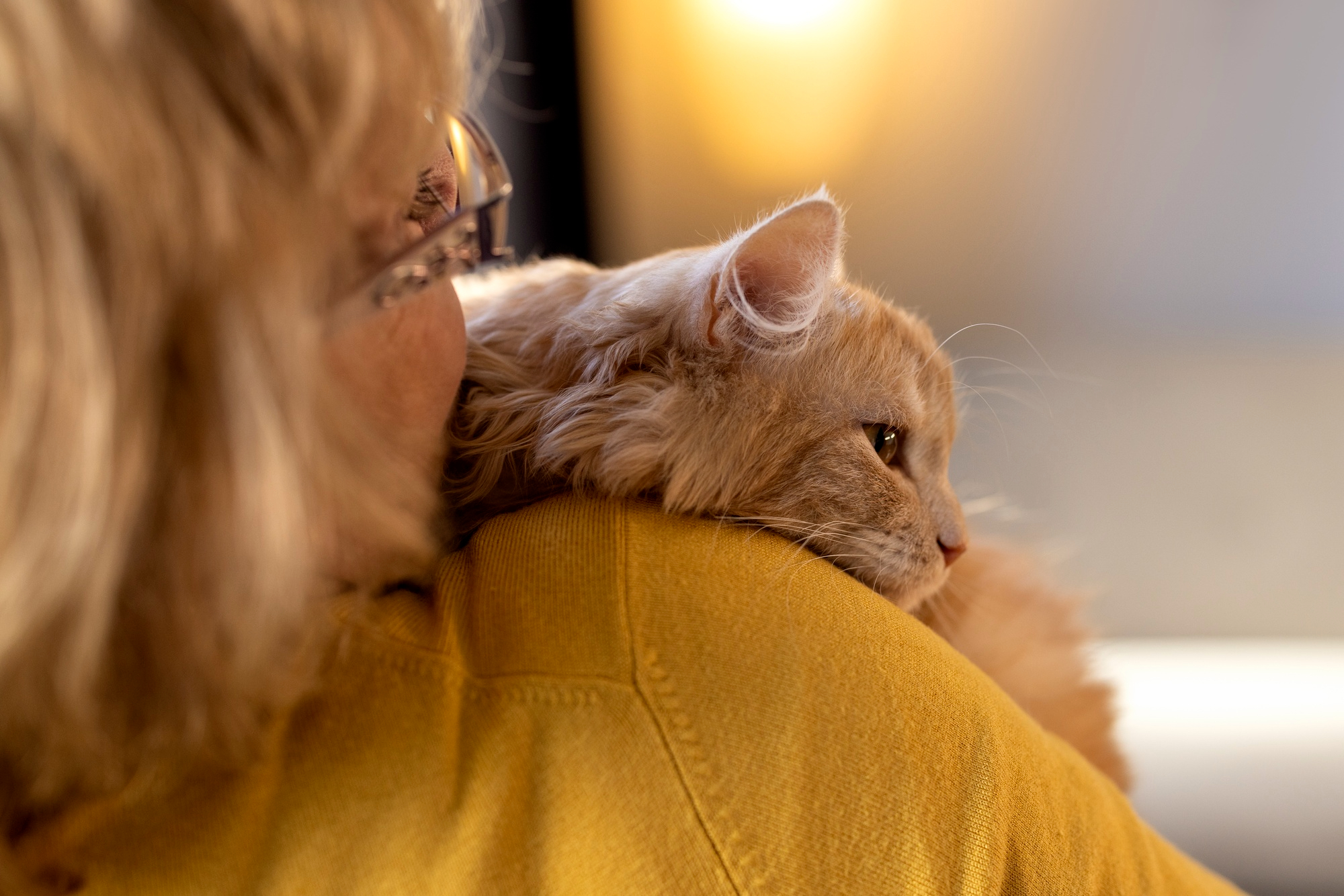Summer is just around the corner, which means it’s the perfect time to refresh your knowledge on summer pet care tips for cats, dogs, and rabbits. Just like people, pets are affected by sunburn, hot temperatures, and high humidity. And just like people, they need to be protected from the hazards of summer to make sure they can enjoy all the fun in the sun this season has to offer.
In this guide, we’ll go over some of the top summer hazards for pets, explain the steps for you to take to ensure they’re safe, healthy, and happy all season long, and go over the signs that your pet needs to visit the veterinarian.
Heat-Related Issues
Summers are getting hotter virtually every year, which means we need to take steps to prevent our pets from suffering through heat exhaustion or heatstroke. Cats, dogs, and rabbits alike can become overheated, but the methods of identifying and treating it can vary depending on the type of pet you have.
There are two main types of heat-related illnesses that can harm pets during the hot summer months: Heat exhaustion (also called hyperthermia) and heatstroke.
Heat Exhaustion (Hyperthermia)
Not to be confused with hypothermia, which means being too cold, hyperthermia, or heat exhaustion, can happen if your pet runs around too much under direct sunlight on a hot day. Heat exhaustion happens when your pet’s body temperature gets too high.
Heat exhaustion symptoms may include:
- Elevated breathing rates
- Showing signs of agitation or restlessness
- Panting, taking short breaths
- Drooling
- Excessive grooming (in cats)
- Reddening and warmth of the ears (in rabbits)
- Lethargy
If left untreated, hyperthermia can cause dehydration, muscle cramps, fatigue, dizziness, or nausea. If left even longer, it can develop into the other heat-related illness we’re going to talk about: heatstroke.
Heatstroke
Heatstroke is what happens when heat exhaustion is left unchecked for too long. Because pets can’t sweat, they can develop this serious condition much more quickly than people. Signs of heatstroke include:
- More pronounced hyperthermia symptoms
- Thick, sticky saliva
- Excessive panting, difficulty breathing
- Bright red or bruised gums
- Drooling
- Lethargy
- Confusion
- Vomiting
- Diarrhea
- Weakness
- Seizures
In serious cases of prolonged heatstroke, pets might collapse from becoming too weak, have a seizure, suffer shock, fall into a coma, or even suffer organ failure. Heatstroke is a very serious illness and requires immediate intervention from your veterinarian.
How to Know When Your Pet is at Risk of Heat Exhaustion or Heatstroke
Cats, dogs, and rabbits can all experience heat exhaustion and heatstroke. Though they can sometimes be caused by fevers, they’re more likely to arise during hot, humid summer days.
Of course, you should be on the lookout for the above symptoms, trying to catch them early on to make sure a little overheating doesn’t become a serious problem. Your pets need lots of cold water, cool, shady spots to rest, and enough downtime to keep their bodies cool.
A good rule of thumb is to consider how you’re doing as a way to gauge your pet. If you’re feeling a little warm and thirsty, odds are, your fur-covered pet who can’t sweat is feeling at least as warm and thirsty as you. Whether you’re on a walk with your dog or hanging out at home with your cat or rabbit, all pets are at risk of these heat hazards.
Basically, if you’re feeling thirsty, then it’s likely your pet is also overheated and needs to be given prompt attention. Some cats may not be outside as often as dogs are, but they too can only sweat through their paw’s glands and with their fur it’s tougher for them to cool off. Preventative care against the heat should be given to both indoor and outdoor cats.
How to Prevent Heat-Related Illnesses in Pets
More often than not, it’s easy to tell if a pet’s getting too hot, and heatstroke and heat exhaustion are both easily preventable when you keep a watchful eye and act accordingly. Pet care at home for preventing overheating can include the following:
- Give your pets easy access to their water bowls and always ensure their water is clean and cool
- If you must bring your pets with you on your travels, bring bottles of water and their water bowls so they can have a drink while you’re travelling
- Make sure they have a cool place at home to retreat to—add air conditioning or a fan to help
- If you’re spending time outdoors with your pet, provide a cool, shady spot for them to rest in
- Keep your dog walks short and brisk in the summer and give them lots of water afterwards
Treating Heat-Related Illness and When to Go to the Vet
If your dog, cat, or rabbit is showing any of the more serious signs of heatstroke or heat exhaustion, we strongly suggest taking them to a veterinarian as soon as possible. On your way, you should do everything you can to begin lowering your pet’s body temperature in a safe, controlled way.
For starters, you can pour cool water over your pet’s head, nose, stomach, armpits, or paws, and/or apply cool, wet cloths to these areas. Be sure to regularly replace cloths to ensure they don’t start trapping body heat.
It’s important that the water is cool, not cold, and don’t use ice. Using water that’s too cold can actually constrict the blood vessels, meaning it will take longer for your pet to cool down. Use fans and/or air conditioners in your car or home to continuously blow cool air on your pet. This will help dissipate more excess body heat. Dogs can be submerged in cool or lukewarm water, but be sure not to submerge their head. While on the way to the vet, make sure to offer small amounts of cool drinking water.
When you get to the vet, there’s a good chance your pet will need to be hospitalized for a period. Depending on the severity, your pet might be out of the vet later that day. In more serious cases, they may need to remain with the vet for an additional day or two.
The summer season should be a time for lots of fun with your furry friends. To make sure of this, it’s vital that you’re proactive about keeping the heat off your pets. Understanding the signs, causes, and prevention tips for hyperthermia and heat stroke will ensure a safe, happy summer for you and your pets alike.
Creative Commons Attribution: Permission is granted to repost this article in its entirety with credit to Hastings Veterinary Hospital and a clickable link back to this page.






